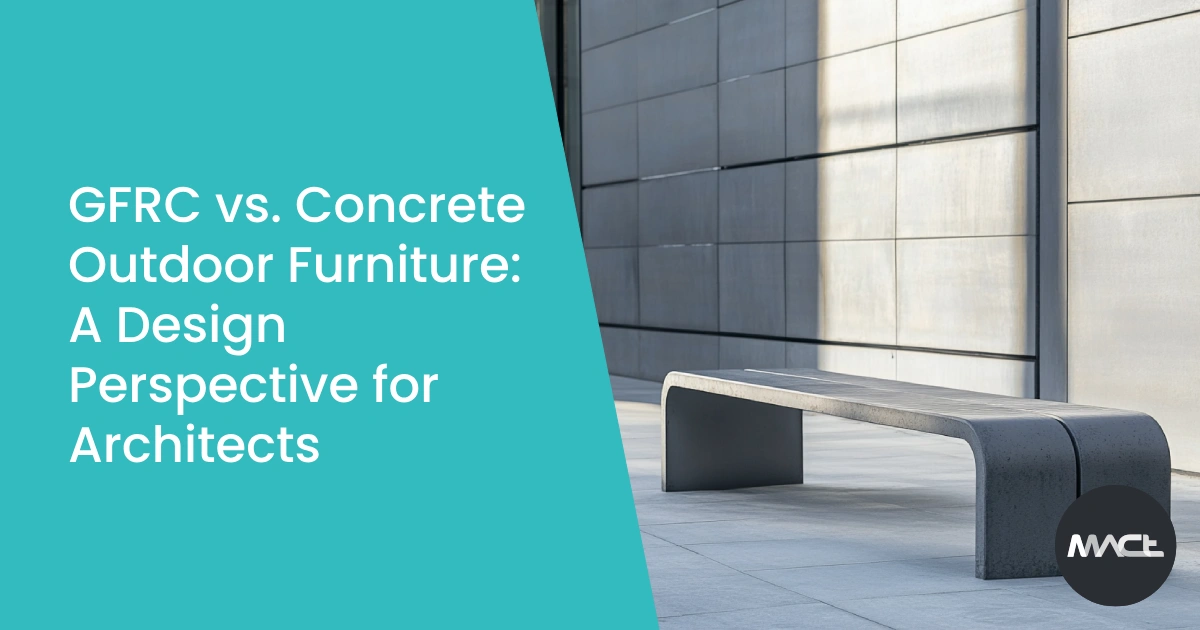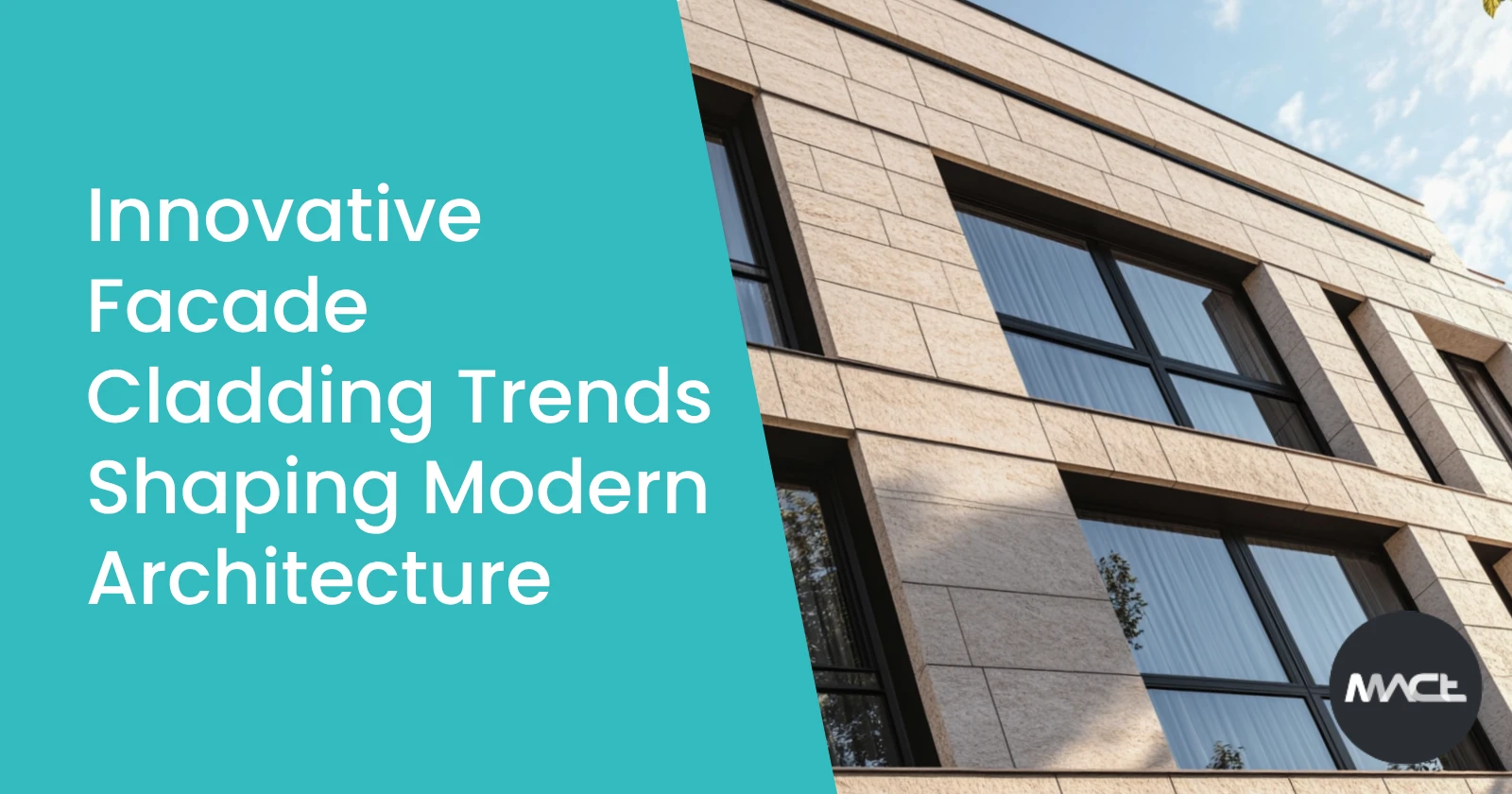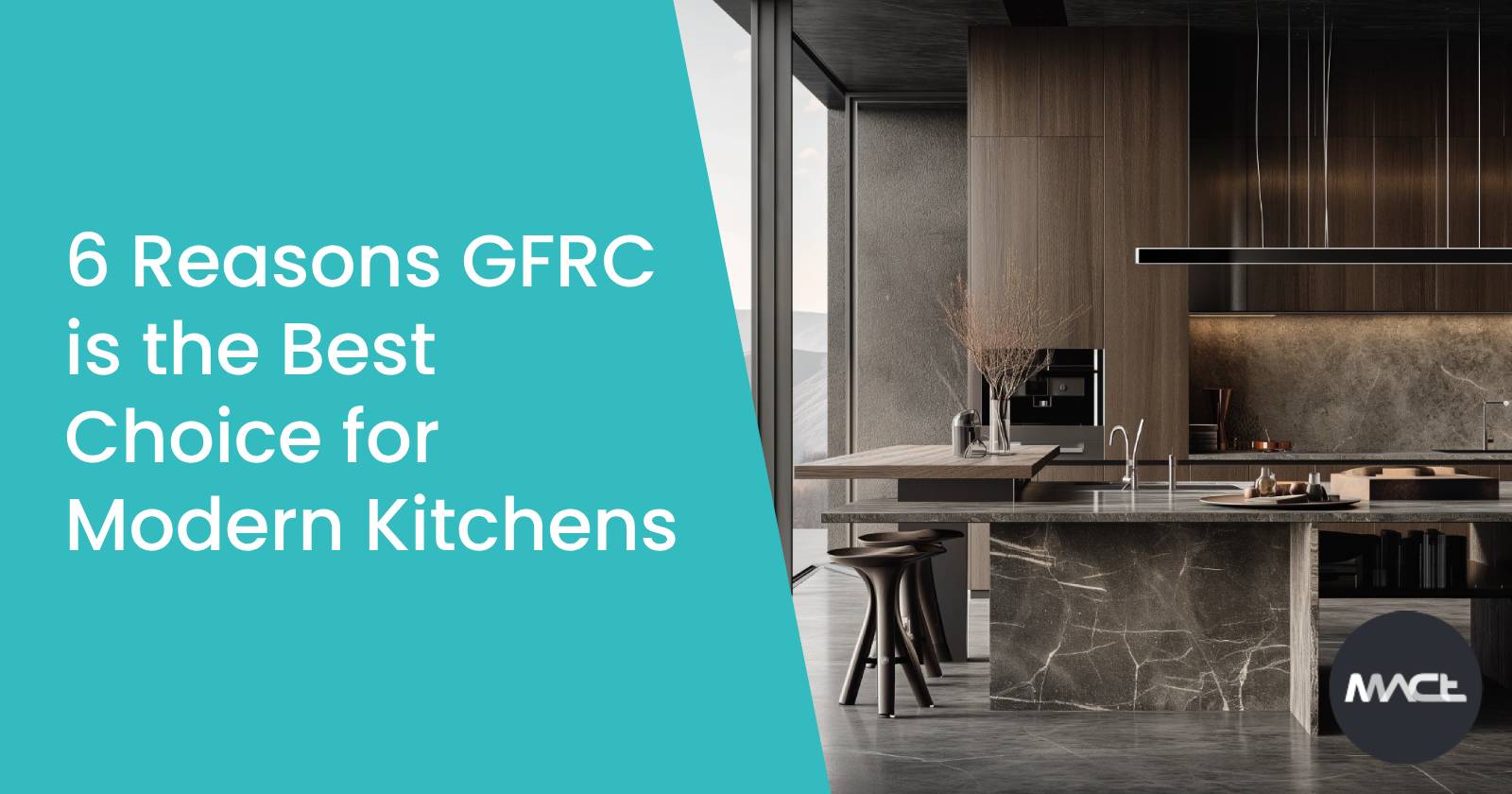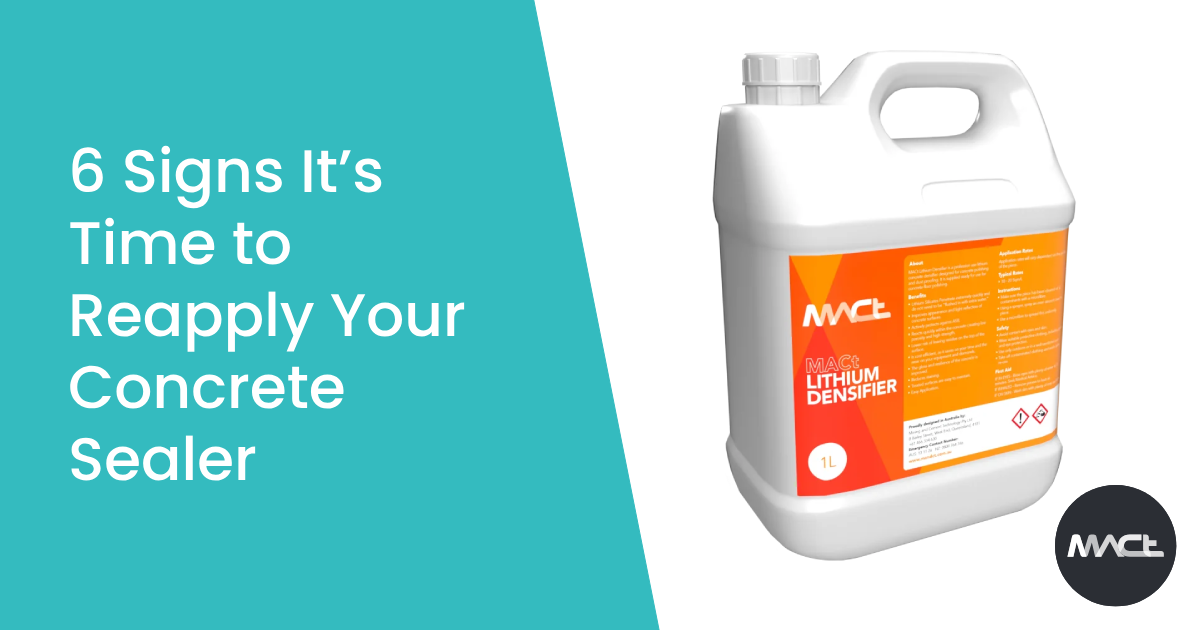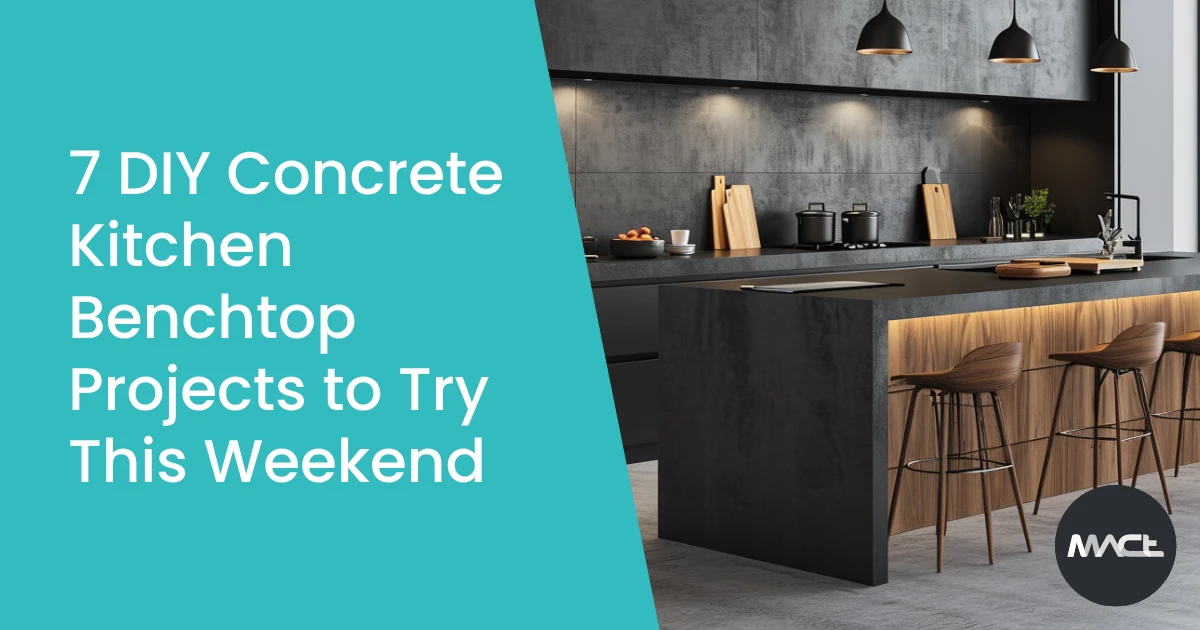In the dynamic world of construction and architectural innovation, GFRC concrete emerges as a groundbreaking material, redefining the boundaries of design and sustainability. Renowned for its remarkable properties, GFRC is heralded by architects, builders, and DIY enthusiasts alike as a versatile, durable, and environmentally friendly alternative to traditional concrete. This comprehensive guide delves deep into the essence of GFRC, uncovering its composition, myriad benefits, and the transformative impact it has on modern construction practices.
Understanding GFRC Concrete
GFRC stands for Glass Fibre Reinforced Concrete, a composite material that blends cement, fine aggregates, water, chemical admixtures, and glass fibres. Unlike traditional concrete, which relies on metal reinforcement, GFRC uses glass fibres to provide tensile strength and reinforcement. This innovative approach not only enhances the material’s strength and durability but also significantly reduces its overall weight, making GFRC an ideal choice for a wide range of construction applications.
The Key Advantages of GFRC Concrete
The adoption of GFRC in construction projects comes with a host of advantages, setting it apart from conventional building materials and making it a preferred choice for forward-thinking construction professionals.
Enhanced Durability and Strength
The addition of glass fibres to the concrete mix results in a material with unparalleled tensile strength, capable of withstanding considerable stress without succumbing to cracking or breaking. This enhanced durability extends the lifespan of GFRC structures, making them resistant to environmental wear and tear, including the corrosive effects of rain, wind, and pollutants.
Versatility in Design
GFRC’s flexibility in moulding and texturing allows architects and designers to explore innovative architectural concepts and intricate designs previously deemed impractical with heavier, less adaptable materials. Whether it’s creating complex façade systems, ornate decorative features, or sleek, contemporary furniture, GFRC’s versatility opens up new avenues for creative expression and architectural excellence.
Lightweight and Easy to Install
One of the most compelling attributes of GFRC is its lightweight nature. Weighing significantly less than traditional concrete, GFRC reduces the need for extensive structural support systems, facilitating easier, faster, and more cost-effective installation processes. This attribute is particularly advantageous in retrofitting and renovation projects, where the structural integrity of the existing building must be preserved.
Environmental Benefits
GFRC stands at the forefront of sustainable construction materials. Its production process, which emits fewer carbon emissions than that of standard concrete, coupled with its energy efficiency and recyclability, underscores GFRC’s role in promoting environmentally responsible building practices.
Why GFRC Concrete Matters in Modern Construction
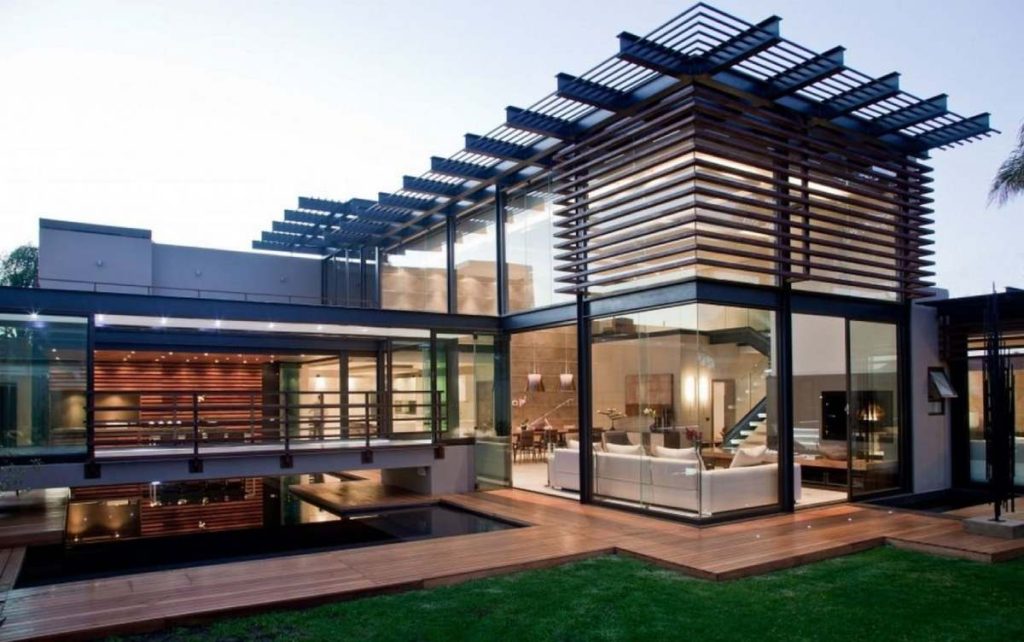
As the construction industry evolves to meet the demands of the 21st century, GFRC is increasingly recognised for its physical and aesthetic qualities and its capacity to address some of the most pressing challenges in contemporary building design and construction.
Meeting the Demand for Sustainable Building Materials
In an era where environmental sustainability has become a global imperative, GFRC’s low carbon footprint and recyclability position it as a key player in the green building movement. By choosing GFRC, construction projects contribute to the reduction of greenhouse gas emissions and the conservation of natural resources, aligning with broader objectives of sustainability and ecological preservation.
Revolutionising Restoration and Renovation
GFRC’s ability to mimic natural stone, terra cotta, and other traditional materials makes it an invaluable tool in restoration and renovation projects, especially those aiming to preserve historical accuracy while enhancing structural integrity. Its lightweight properties allow for seamless integration with existing structures, providing a modern solution that respects and maintains the architectural heritage.
Fostering Innovation in Architectural Design
The unique properties of GFRC empower architects and designers to push the boundaries of conventional design. The material’s adaptability and strength enable the realisation of bold, innovative structures and designs that would be challenging or impossible to achieve with traditional materials. GFRC’s contribution to architectural innovation is paving the way for future advancements in building design.
Practical Considerations When Working with GFRC Concrete
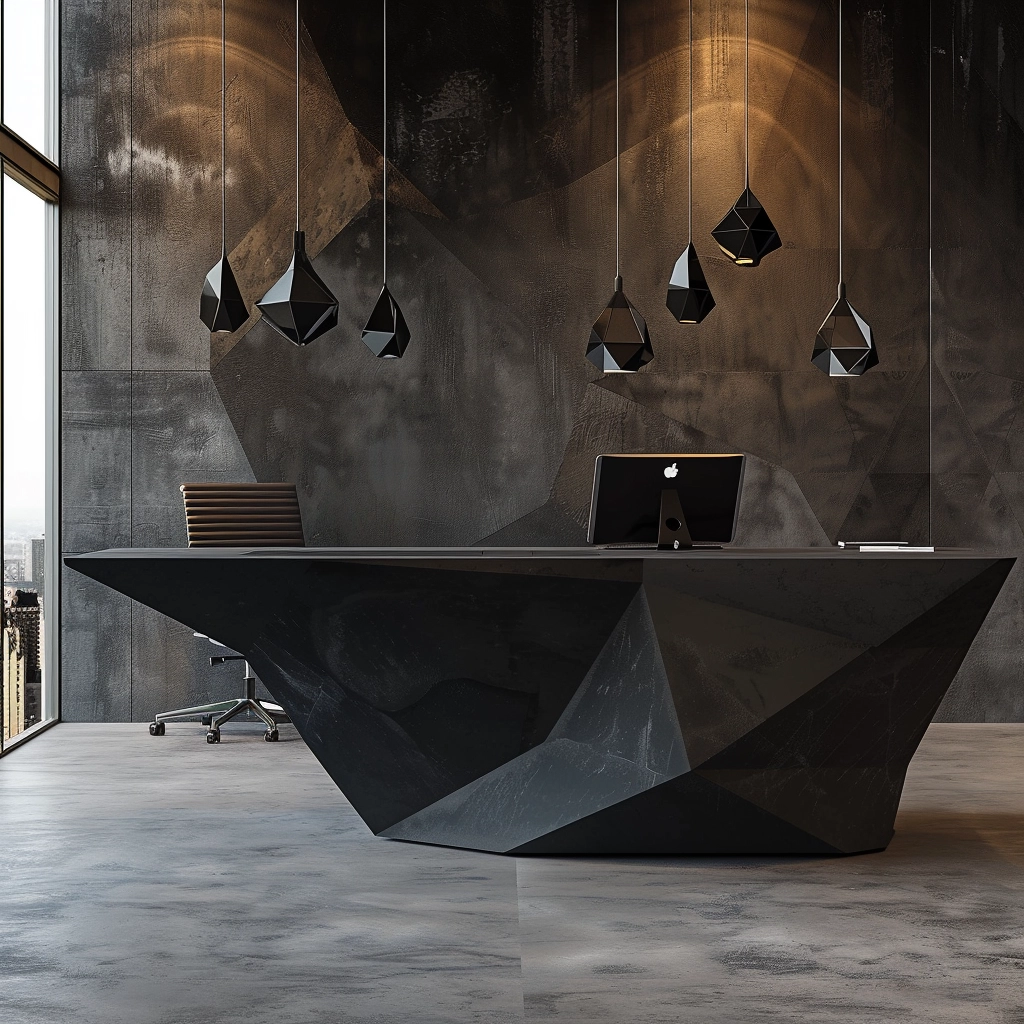
While GFRC offers a multitude of benefits, achieving optimal results requires an understanding of specific considerations related to its composition and application.
Choosing the Right GFRC Mix
The success of a GFRC project begins with selecting the appropriate mix. Factors such as the desired finish, structural requirements, and environmental conditions play a crucial role in determining the right formulation. Collaborating with experienced manufacturers and specialists is essential to ensure that the GFRC mix meets the project’s specific needs.
Installation Tips for Optimal Performance
Proper installation is critical to fully leverage the advantages of GFRC. Ensuring uniform thickness, employing adequate curing methods, and using compatible support structures are vital to the material’s performance and longevity. Additionally, adherence to best practices for handling and installation can prevent common issues, ensuring that GFRC elements maintain their aesthetic and structural qualities over time.
The Future of GFRC Concrete
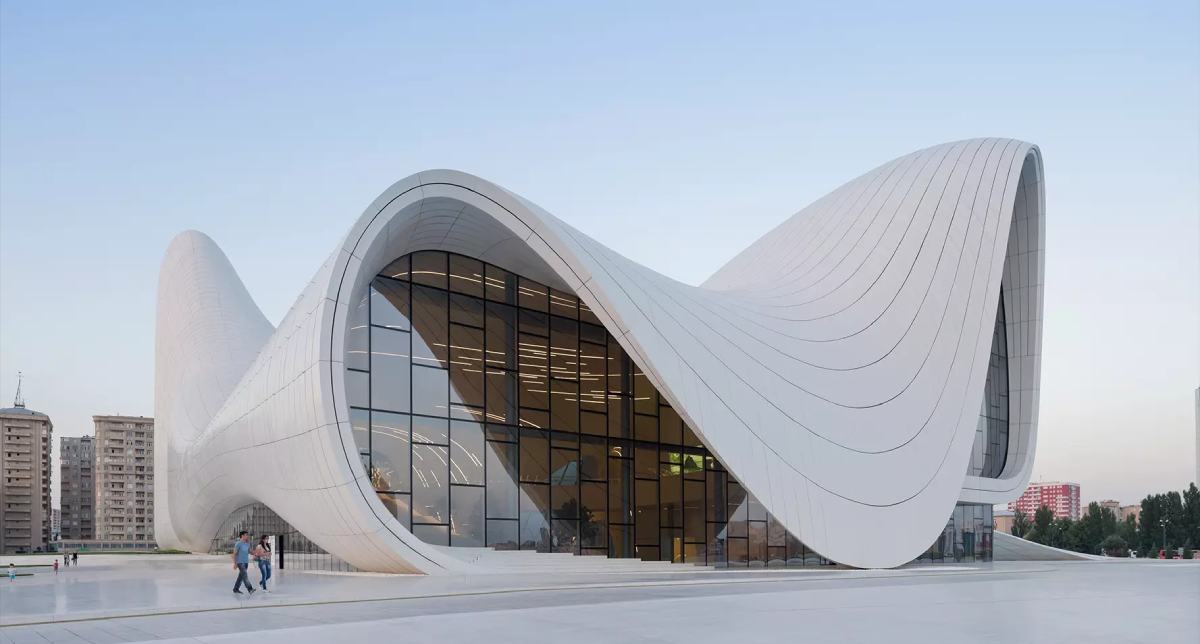
As GFRC continues to gain traction in the construction industry, its future looks promising. Ongoing research and development are expected to further enhance its performance characteristics, expand its range of applications, and solidify its status as a material of choice for sustainable, innovative construction projects
FAQ
Can GFRC be used for both interior and exterior applications?
Absolutely. GFRC’s versatility and durability make it suitable for a wide range of applications, both interior and exterior. Its resistance to weathering and environmental stressors ensures longevity and aesthetic appeal in outdoor settings, while its ability to be moulded into intricate designs suits the aesthetic and functional requirements of interior spaces.
How does GFRC compare to traditional concrete in terms of cost?
Initially, GFRC may appear more expensive than traditional concrete due to the specialised materials and manufacturing processes involved. However, when considering the total cost over the lifespan of a project, GFRC can be more cost-effective. Its durability, reduced maintenance requirements, and ease of installation often result in lower long-term costs.
Is special equipment required to install GFRC?
GFRC can typically be installed using standard construction equipment. However, due to its lighter weight and the potential for large panels or intricate shapes, specific handling and rigging equipment may be necessary to ensure safe and efficient installation. It’s always recommended to consult with GFRC specialists to determine the best practices for installation.
How does GFRC contribute to sustainable construction practices?
GFRC contributes to sustainable construction in several ways. Its production process is more energy-efficient than that of traditional concrete, emitting fewer carbon emissions. Additionally, GFRC’s longevity reduces the need for frequent replacements or repairs, and the material is recyclable, further minimising its environmental impact.
What maintenance does GFRC require?
GFRC is renowned for its low maintenance requirements. Unlike traditional concrete, it does not need regular sealing or treatment to maintain its strength and appearance. Routine cleaning to remove dirt and debris is typically all that’s needed to keep GFRC structures looking their best.
Can GFRC be custom-coloured or textured?
Yes, one of the notable advantages of GFRC is its ability to be custom-coloured and textured. Pigments can be added to the mix before casting to achieve a wide range of colours, and various moulding and finishing techniques can create textures that mimic natural stone, wood, and other materials. This flexibility allows for unique and aesthetically pleasing designs in construction projects.
Conclusion
GFRC Concrete represents a significant leap forward in building technology, offering a blend of strength, versatility, and environmental sustainability that traditional materials cannot match. Its growing popularity underscores its potential to transform the construction landscape, making it an indispensable resource for architects, builders, and designers committed to pushing the boundaries of what is possible in modern construction. As we look to the future, GFRC’s role in shaping innovative, sustainable building practices is undoubtedly poised to expand, marking a new era in architectural and construction excellence.

